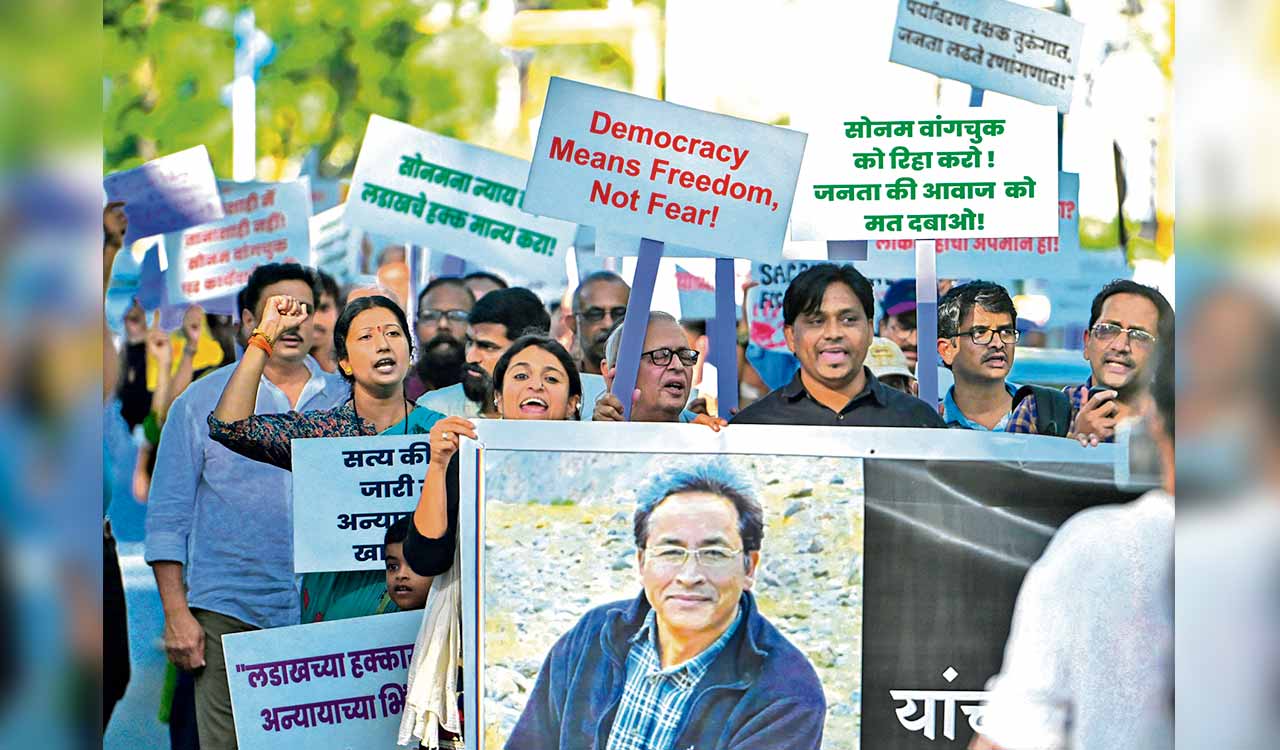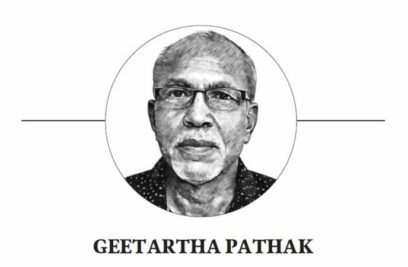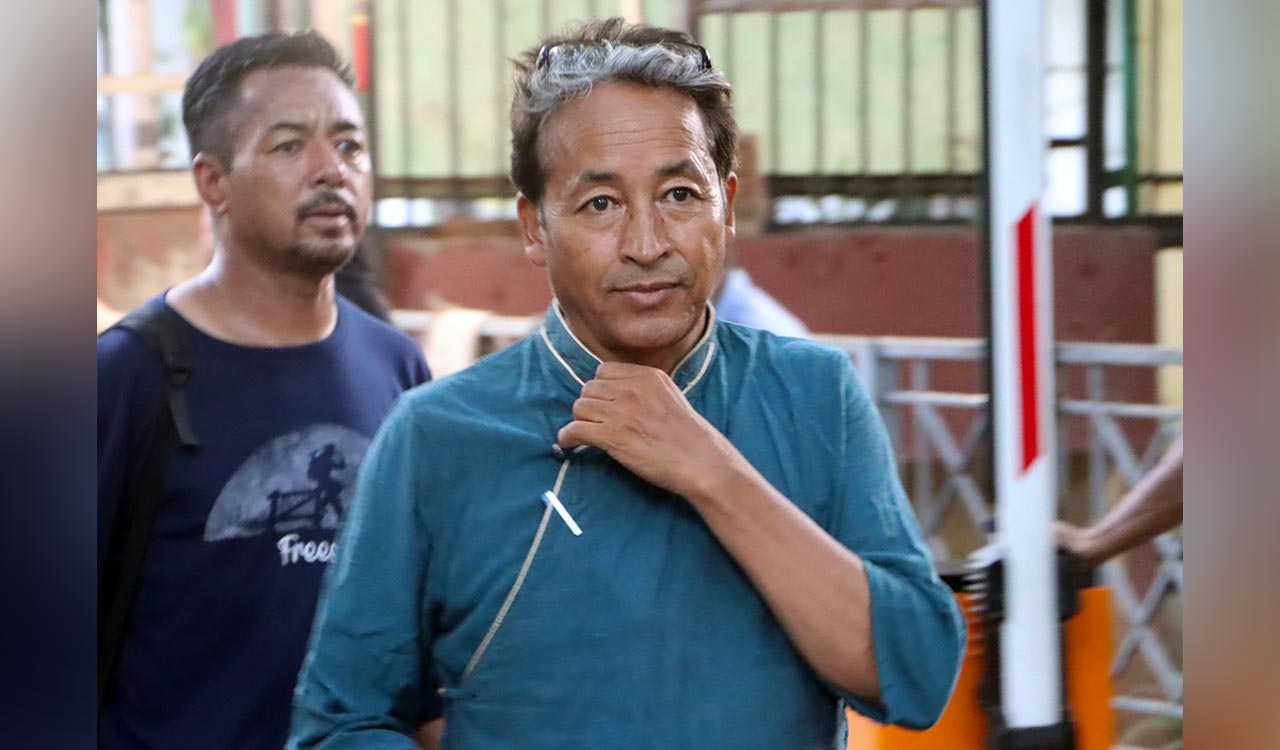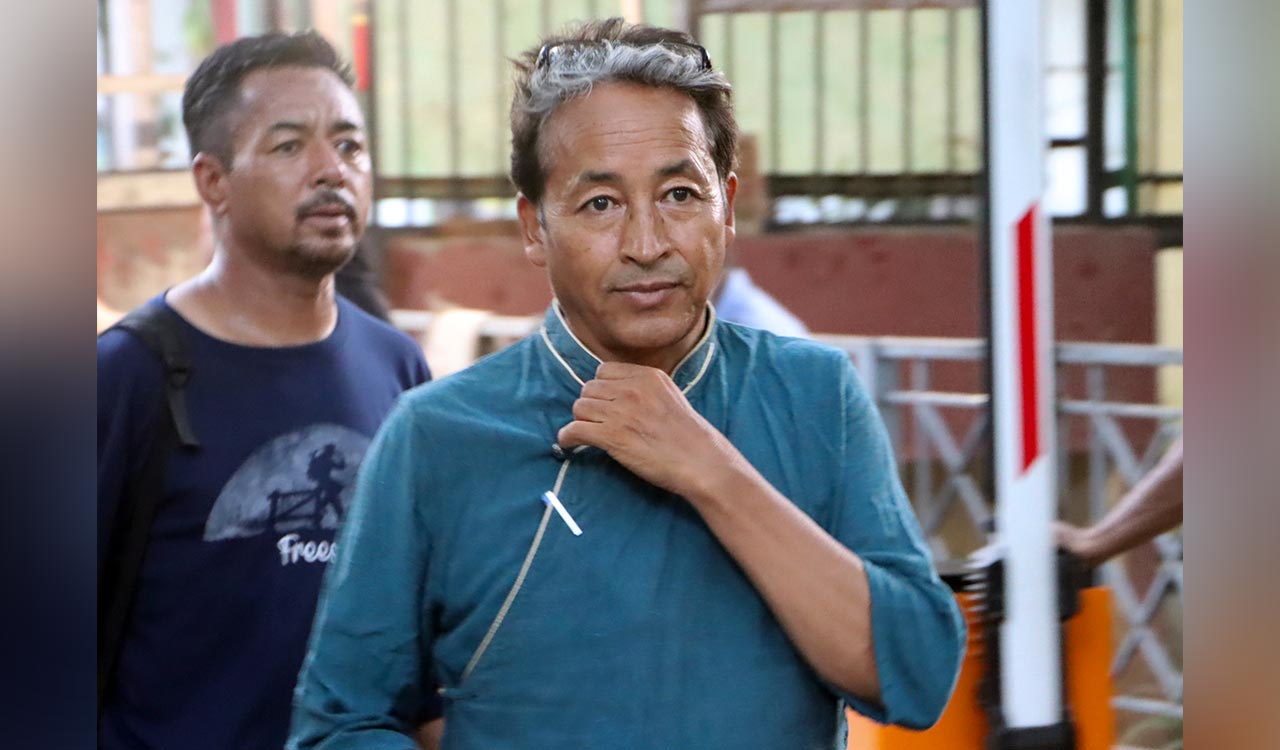Opinion: From Tilak, Gandhi to Wangchuk—sedition continues to target critics
The resurgence of sedition as a tool to muzzle dissent is eerily reminiscent of darker chapters in history

By Geetartha Pathak
In the crisp autumn air of 2025, as India grapples with its democratic ethos amid rising political temperatures, the ghost of colonial repression once again haunts the corridors of justice. Sonam Wangchuk, the Ladakh-based educationist and climate activist, finds himself ensnared in the web of sedition charges — not for plotting treason, but for his steadfast advocacy for Ladakh’s autonomy and a brief visit to Pakistan to attend a United Nations climate conference.
His journey to Islamabad, undertaken with transparency and in pursuit of global environmental dialogue, has been twisted into a narrative of disloyalty by authorities probing alleged “links” with foreign operatives.
Similarly, Gaurav Gogoi, the deputy leader of the opposition Congress in Parliament, stands indirectly shadowed by the spectre of sedition through cases implicating his family ties to international climate work, including scrutiny over a Pakistani national’s involvement in policy networks.
No Isolated Tremors
These are not isolated tremors; they are seismic shifts in a pattern where criticism of government actions, or even benign cross-border engagements, invites the iron fist of Section 152 of the Bharatiya Nyaya Sanhita. This resurgence of sedition as a tool to muzzle dissent is eerily reminiscent of darker chapters in history, both India’s own and those etched in the annals of other nations.
Yet, amid this clampdown, lies a poignant irony: India’s borders, fraught with tension, yearn not for more walls but for bridges built on people-to-people connections.
To understand today’s sedition frenzy, one must rewind to 1870, when British jurist James Fitzjames Stephen grafted Section 124A onto India’s Penal Code. Drafted amid the embers of the 1857 Revolt, this law was a scalpel to excise nationalist fervour. Bal Gangadhar Tilak, the firebrand editor of Kesari, was twice convicted under it in 1897 and 1908 for articles decrying British indifference to plague victims, earning him a six-year exile to Mandalay.
Under the BJP-led government since 2014, sedition has surged, often invoked against those who dare to critique policy or engage abroad
Mahatma Gandhi himself faced trial in 1922 for sedition over his Young India writings, famously dubbing the provision “the prince among the political sections of the IPC designed to suppress the liberty of the citizen.” These were not crimes of violence but of words — echoing the British Sedition Act of 1661, which had once targeted printers for lampooning the monarchy.
Post-independence, India retained this relic, ostensibly to safeguard sovereignty. But under Indira Gandhi’s Emergency in 1975-1977, it morphed into a bludgeon against the press and protest.
The Supreme Court, in its 1962 Kedar Nath Singh verdict, attempted a leash: sedition applies only to incitement of violence, not mere criticism. Yet, as data reveals, 96 per cent of sedition cases since 2010 — over 400 FIRs — were filed after 2014, targeting critics rather than insurgents.
Chilling Parallels
India’s saga finds chilling parallels abroad. In the US, the 1918 Sedition Act — enacted during World War I —criminalised “disloyal” speech, ensnaring socialists, pacifists, and immigrants in a net of 1,500 prosecutions. Eugene V Debs, the labour leader, was jailed for a speech questioning the draft, his words branded as treasonous. During a new ‘McCarthy era’ in the 1950s, Hollywood actors and directors were blacklisted.
The US Supreme Court later gutted such excesses in Brandenburg v Ohio (1969), protecting speech unless it imminently incites lawless action — a benchmark India would do well to emulate. Pakistan’s colonial inheritance under Section 124A has been weaponised against Baloch activists and Pashtun voices, stifling calls for rights in borderlands.
In Russia, post-2012 laws echo sedition by punishing “extremism” for criticising the Kremlin, jailing journalists like Vladimir Kara-Murza for “foreign agent” ties. Even though sedition started in the UK, the country got rid of the law in 2009, saying it was old-fashioned and went against freedom of speech.
Surge Since 2014
Under the BJP-led government since 2014, sedition has surged, often invoked against those who dare to critique policy or engage abroad.
In 2021, journalists Rajdeep Sardesai, Mrinal Pande, and Vinod Jose faced sedition in five States for covering farmer protests. Students like Kanhaiya Kumar (2016) and Disha Ravi (2021) were charged for “anti-national” slogans and toolkit shares. Activists Shehla Rashid and Sharjeel Imam drew FIRs for Kashmir commentary and CAA speeches. Even opposition stalwart Shashi Tharoor was booked alongside scribes for tweets on a farmer’s death.
Remarkably, convictions are rare — the state arrests boldly but falters in court, as seen in the Supreme Court’s quashing of Vinod Dua’s case in 2021, affirming journalists’ right to “brutal” critique.
Peace Efforts
India’s borders — with Pakistan, China, Bangladesh, Nepal, Bhutan, and Myanmar — are not mere fault lines but fertile grounds for harmony. People-to-people connections have long proven salves for enmity. The 2003 Srinagar-Muzaffarabad bus service thawed Indo-Pak ice. Aman Ki Asha initiative, launched in 2010, was a joint effort by two major media groups, India’s The Times of India and Pakistan’s Jang Group. The initiative was notable for bringing mainstream media houses from rival nations together to promote peace.
Wangchuk’s ethos — sustainable tech like ice stupas for water-scarce regions — transcends borders, echoing UN climate pacts that demand collaboration. Following post-World War II peace efforts like the Erasmus programme, which connected people across Europe, peace became more common. This allowed European defence spending to decrease from 4 per cent of its GDP in 1950 to less than 2 per cent today.
For India and Pakistan, whose militaries devour 2.5 per cent and 3.5 per cent of GDP, respectively, de-escalation via cultural corridors could liberate trillions. Redirected funds could electrify remote Ladakhi villages, irrigate Rajasthan’s sands, or build schools in Balochistan — mirroring how US-Canada border pacts halved tensions, boosting trade to $600 billion annually. Visa-free pilgrimages to Kartarpur, launched in 2019, already model this.
Mahatma Gandhi’s nonviolent resistance worked because he spoke up, not because he was quiet. In the same way, false accusations of McCarthyism collapsed when people looked at them closely.
By investing in people, not paranoia, India and its neighbours can forge a subcontinent where defence budgets fund dreams — schools for the young, hospitals for the weary, and futures unmarred by fear. In this, Wangchuk’s spirit endures: not a traitor, but a teacher, reminding us that true sovereignty blooms in open dialogue, not iron cages. As Tagore envisioned, may Asia awake — not to clash, but to clasp hands across divides.

(The author is a senior journalist from Assam)
Related News
-
Congress suffers setback in Patancheru as leaders shift to BRS
33 mins ago -
Telangana’s industrial momentum dips as policy shifts, stalled projects, shrinking investments raise concerns
42 mins ago -
Mounting debts drive tenant farmer to end life in Asifabad
43 mins ago -
Teen inmates held for assaulting 14-year-old girl at Ulhasnagar children’s home
1 hour ago -
IMD-Hyderabad issues cold wave alert to Telangana districts
2 hours ago -
Hyderabad: Man undergoing treatment at Gandhi Hospital ends life
3 hours ago -
St Francis Girls’ High School celebrates 175 years with gratitude day in Secunderabad
3 hours ago -
PG Aspirants unhappy over State inaction on 85 percent reservation Stay
3 hours ago




